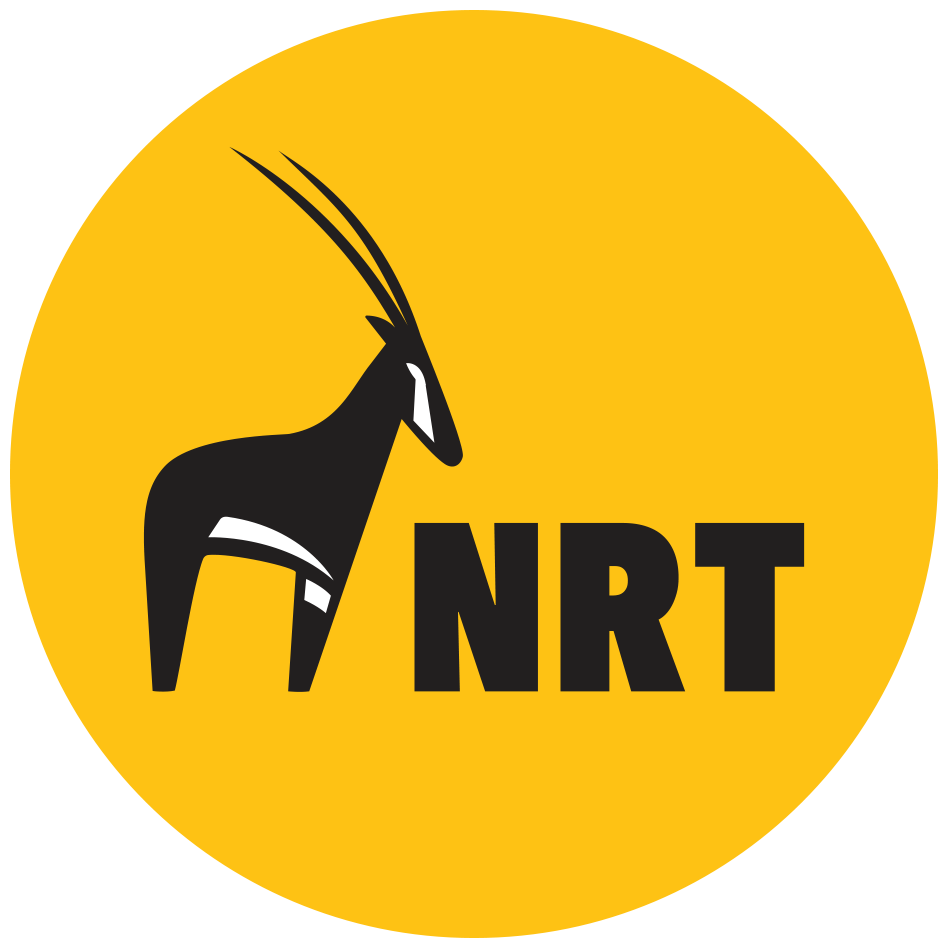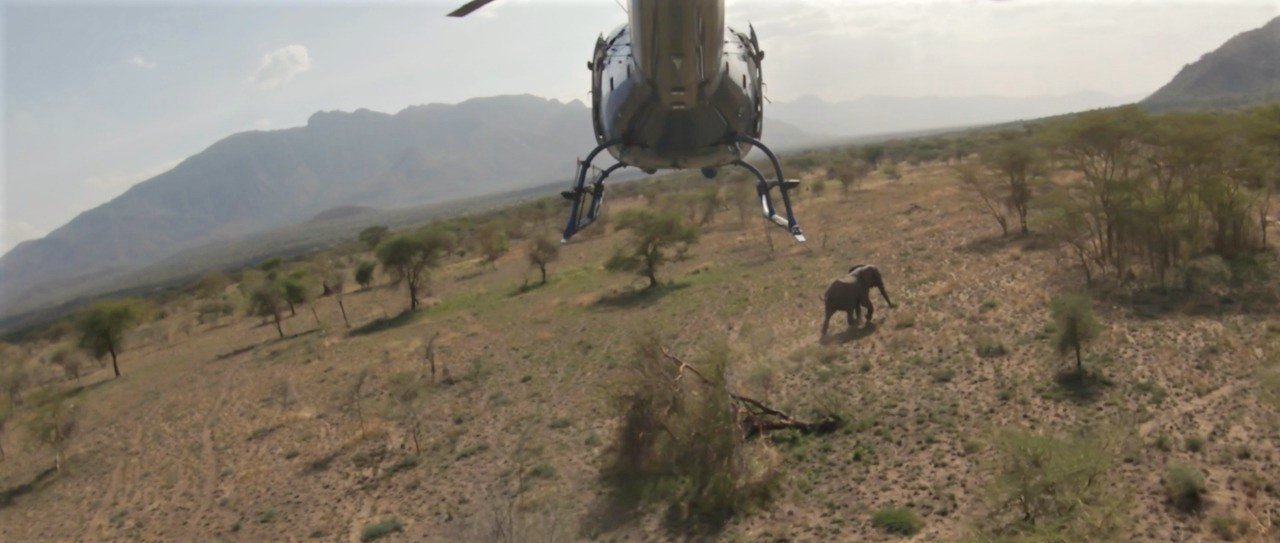NRT goes International with Elephant Collaring Partnership in Uganda
Northern Uganda is a savanna punctuated by woodlands, thickets and shrublands with diverse wildlife. Many of its characteristics are the same as northern Kenya’s, including climate, vegetation, livelihoods, and culture. Elephant populations across the wild borders of Kenya and Uganda garner little attention and information on the threats they face is scanty.
We may not know all the challenges they encounter, but we do know holding a valid passport is not one of them—they roam across the Kenya-Uganda border freely, albeit we do not know when or the specific spots.
To gather data that would inform the conservation of elephants and avert elephant-human conflict, NRT and UCF launched a transboundary elephant-collaring operation in 2021 in Kenya’s West-Pokot, South Turkana, and Marakwet Counties, and in Uganda’s Kidepo Valley National Park located in northeastern Uganda, in partnership with the Uganda Wildlife Authority (UWA), Kenya Wildlife Research and Training Institute (WRTI), Kenya Wildlife Service (KWS) and Save the Elephants (STE), with the aim of extending or renewing existing elephant-tracking operations, informing wildlife research and management and monitoring potential trans-boundary elephant movements between Kenya and Uganda. STE and NRT, in collaboration with KWS, had previously collared and tracked elephants in West Pokot, Turkana and Marakwet Counties from 2017 to 2021.
These collars had defined the elephant range and revealed intriguing movement patterns—males moved in close proximity to females, which is unusual because males are typically more self-reliant than females. This is perhaps an effect of the severe poaching these elephants endured before 2017, which may have encouraged the males and females to stay in larger groups for safety in numbers. The elephants’ vulnerability and the upsurge in human-elephant conflict necessitated a collaring operation across the entire ecosystem to enable continuous elephant surveillance.
In February 2022, 15 elephants were collared from Kidepo Valley National Park, through northeastern Uganda, into Kenya’s West Pokot and Nasolot areas. These collars, generously donated by STE, will reveal the movement patterns of Kidepo’s elephants, providing insight on how the elephants move, where they go, and what they need, and determine whether connectivity still exists between neighbouring countries. During the collaring operation, the team relied heavily on NRT’s and STE’s elephant distribution know-how and the KWS and UWA’s local insight.
All the collared elephants are monitored using the satellite collars, in real time, through the EarthRanger technology which provides the KWS and UWA instant access to the data for management purposes. UWA further invited NRT and STE to assist with training UWA staff in Murchison Falls National Park and to provide technical expertise in collaring elephants.


